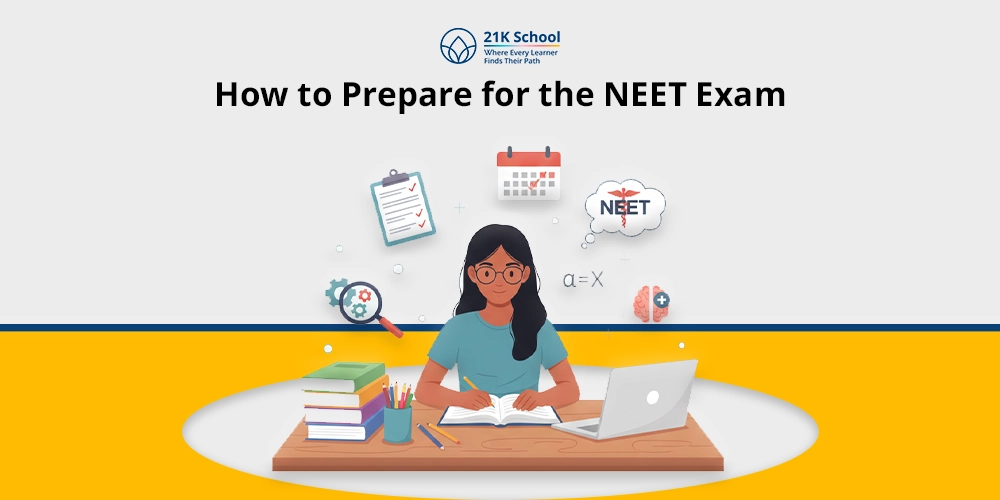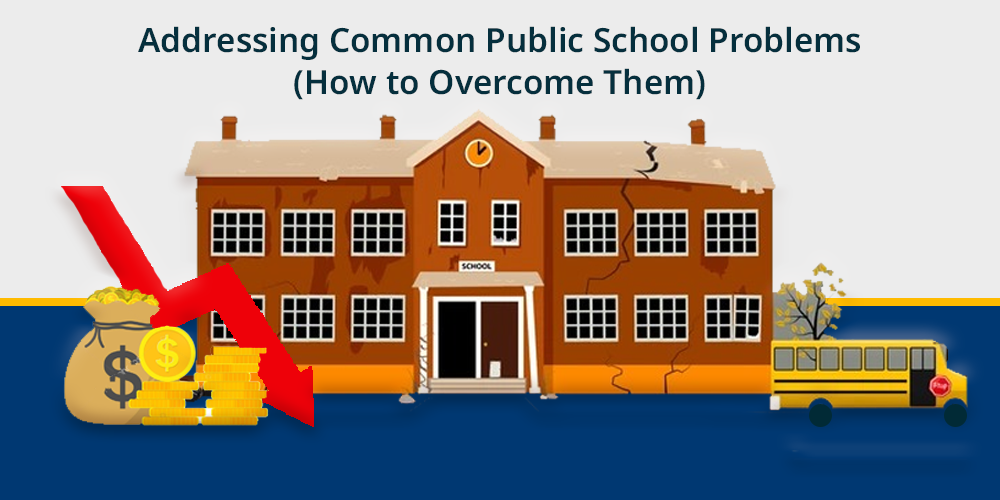
Have you ever wondered why public schools are facing problems even in the modern world?
Problems in public schools are the difficulties and reasons that teachers and students encounter in the classroom. Public schools in India face various problems such as lack of resources, lack of infrastructure, disparities, bullying, etc.
These types of issues hamper the creative thinking skills of students. Common issues in public schools cause obstacles in learning. Both equal access to education and effective education are hampered by these issues.
The availability of equal education and training remains extremely low even in many developing nations.
Language barriers, poverty, gender inequality, inadequate infrastructure, and a lack of resources are just a few of the many issues that impede high-quality education.
Students’ mental health also impacted by stress, academic pressure, bullying, neglect and other school-related issues.
These problems hamper the learning process of children. However, to alleviate these problems, digital classrooms and digital literacy were introduced.
Contents
Top 9 Public School Problems Faced Today
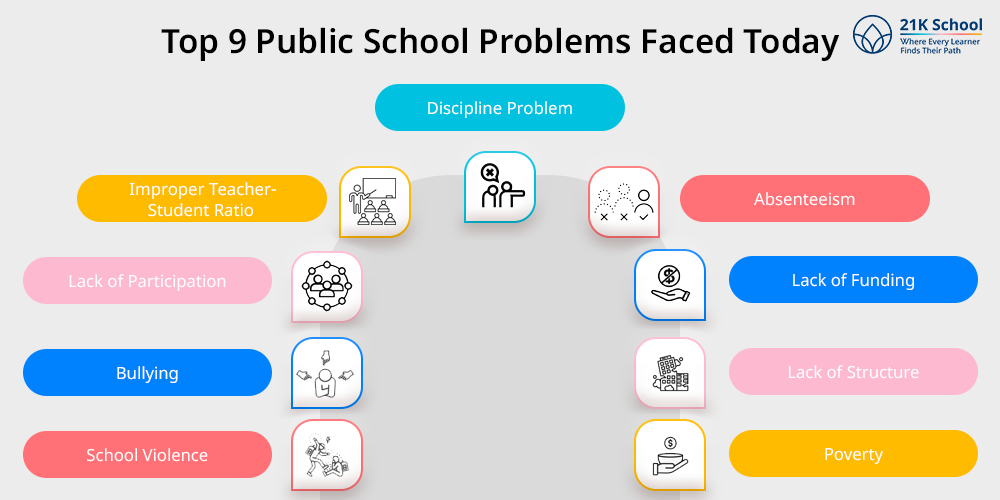
Public schools face a variety of obstacles that prevent lifelong learning from reaching its full potential.
Issues like absenteeism, bullying, violence in schools, lack of funds etc., contribute to schools’ inability to successfully improve learning outcomes.
Sometimes, adapting to online learning also helps in eradicating classic problems. Here are the challenges faced in public schools, mentioned below.
1. School Violence
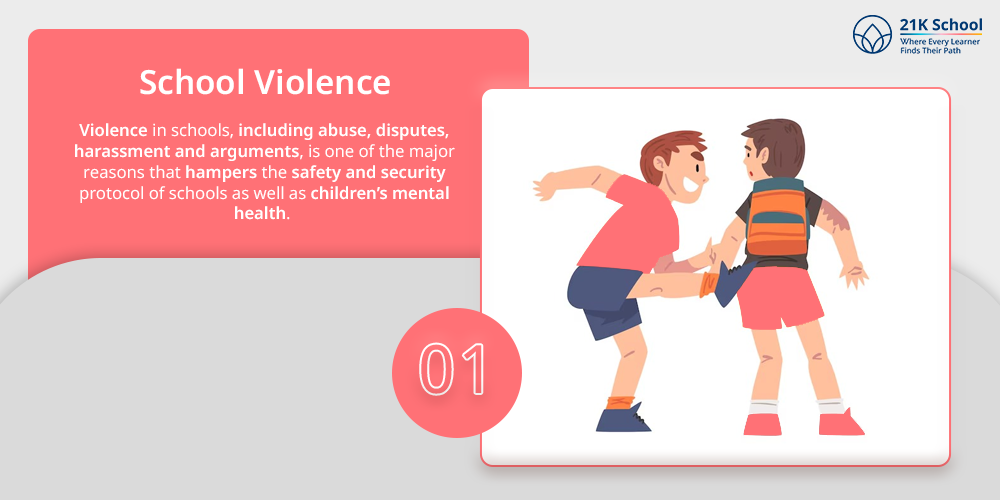
One of the main factors that makes it difficult to provide effective education is school violence.
Violence in schools, including abuse, disputes, harassment and arguments, is one of the major reasons that hampers the safety and security protocol of schools as well as childrens mental health.
Due to these fears, many students don’t want to go to school or find it difficult to adjust to others.
2. Bullying
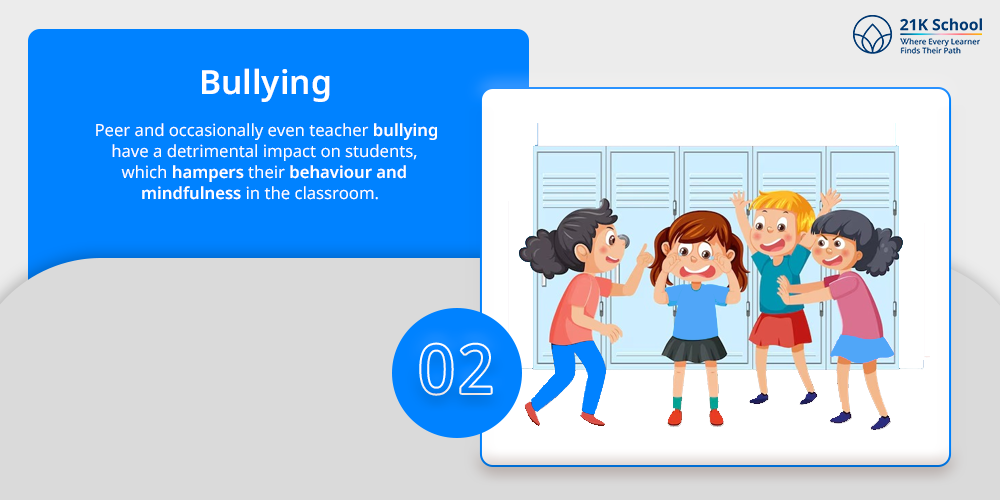
The primary issue faced by public schools is bullying. Peer and occasionally even teacher bullying have a detrimental impact on students, which hampers their behaviour and mindfulness in the classroom.
Due to bullying, children fear going to school and dropping out, and this is one of the major reasons that schools find it difficult to cope with it.
3. Lack of Participation
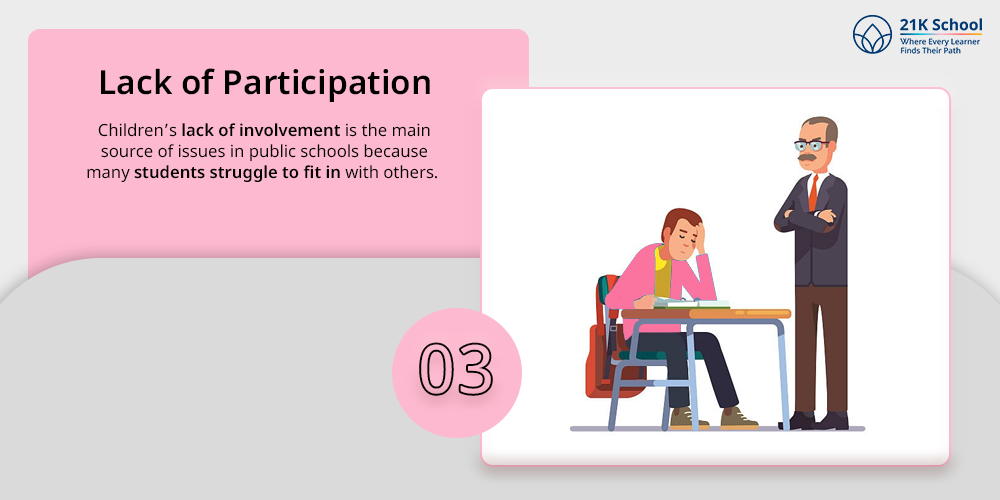
Children’s lack of involvement is the main source of issues in public schools because many students struggle to fit in with others. Mood, shyness, and other factors all have an impact on learning outcomes.
Teachers find it challenging to create a positive learning environment because different students are reluctant to participate in class activities and the teaching and learning process.
4. Improper Teacher-Student Ratio
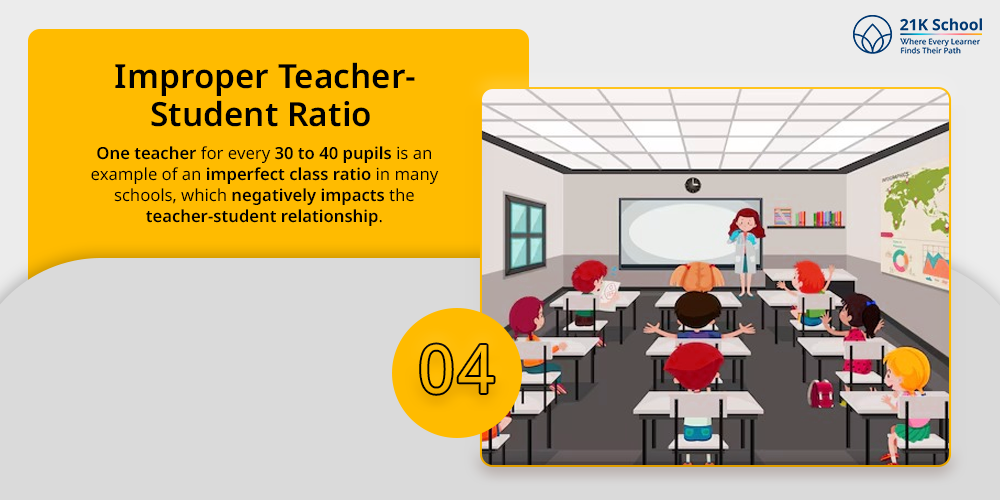
It becomes difficult for schools to effectively manage each student when the teacher-to-student ratio is out of balance.
One teacher for every 30 to 40 pupils is an example of an imperfect class ratio in many schools, which negatively impacts the teacher-student relationship.
It makes it difficult for both teachers and students to participate in the teaching and learning process more effectively. This issue impedes the growth of India’s public education system.
5. Discipline Problem
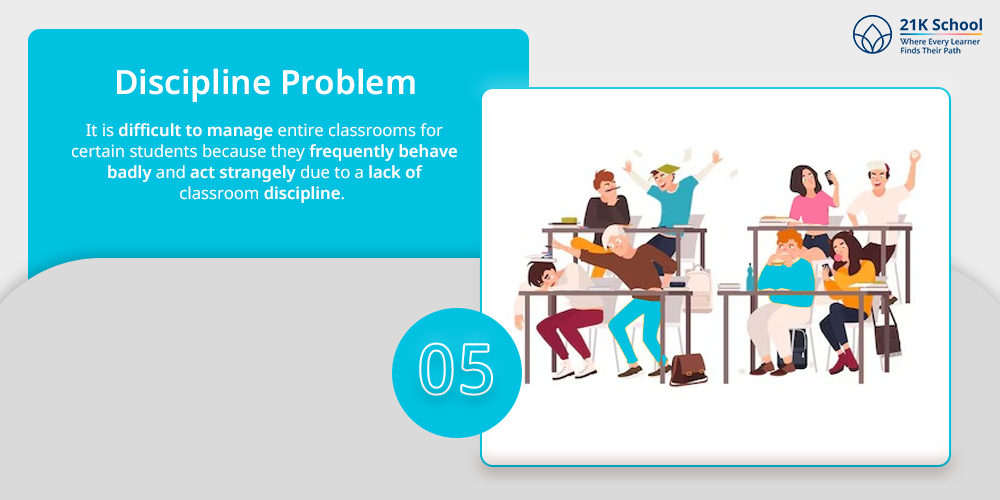
Discipline issues are one of the main causes of public schools’ hindrance to their performance.
It is difficult to manage entire classrooms for certain students because they frequently behave badly and act strangely due to a lack of classroom discipline.
Students must be taught behaviour and classroom discipline in order for the educational system to be effective.
6. Absenteeism
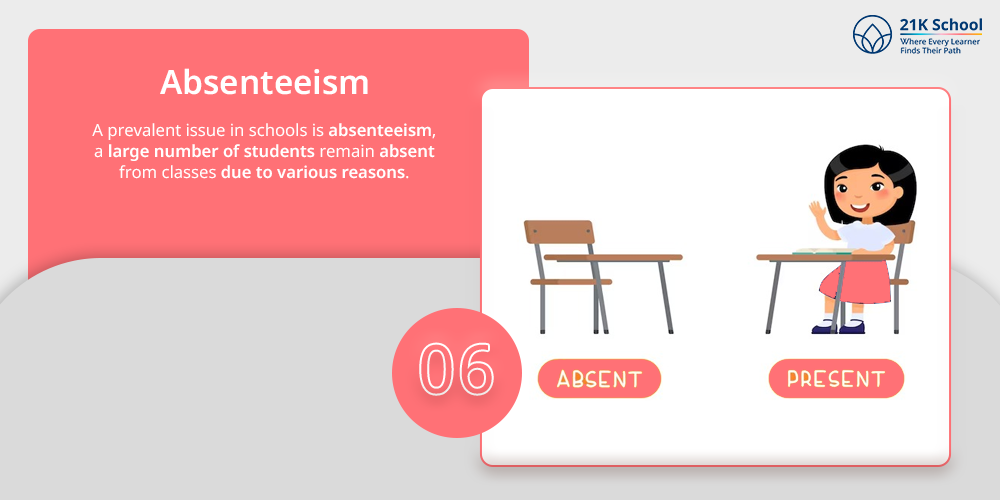
A prevalent issue in schools is absenteeism, a large number of students remain absent from classes due to various reasons. It can be difficult for teachers to run their classes when a small number of students also causes mass absenteeism.
High absentee rates make it challenging for teachers to teach because they frequently have to go over the material twice or three times. As a result it gets difficult to keep up the pace.
7. Lack of Funding
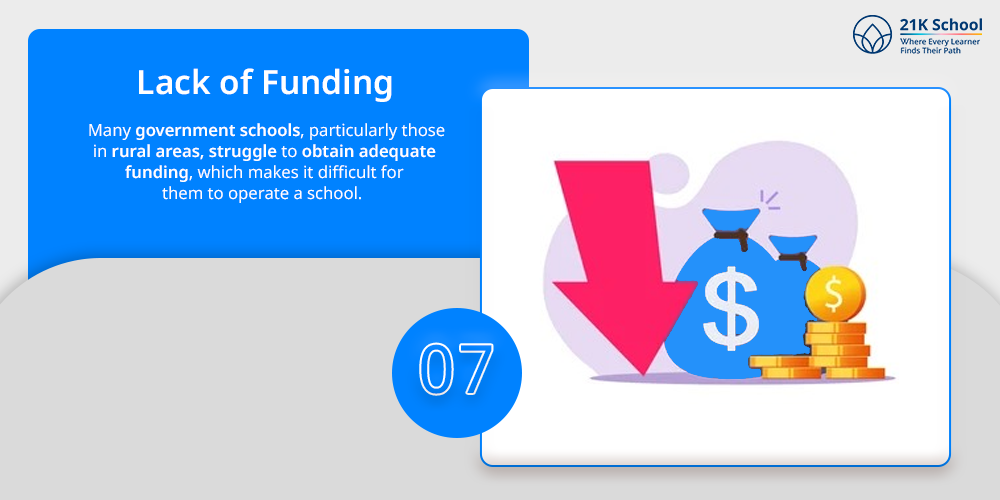
Many government schools, particularly those in rural areas, struggle to obtain adequate funding, which makes it difficult for them to operate a school. This makes it difficult to obtain the best resources.
Due to a lack of funding, it is difficult to handle all of the expenses, including library, student development, teacher salaries, repayment, etc,
8. Lack of Structure
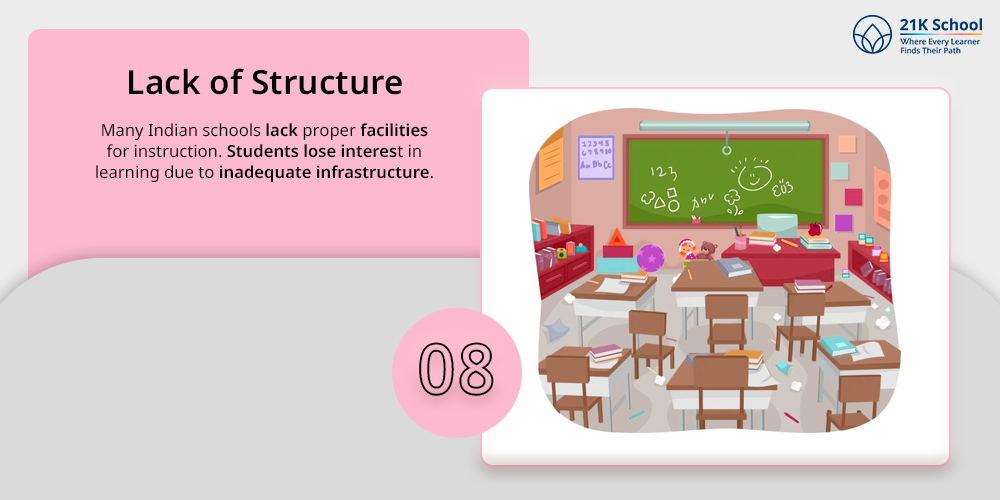
Many Indian schools lack proper facilities for instruction. Students lose interest in learning due to inadequate infrastructure.
One of the main causes of inadequate infrastructure, which makes it difficult for schools to maintain their system, is a lack of funding.
This creates a huge problem for traditional schooling in India.
9. Poverty
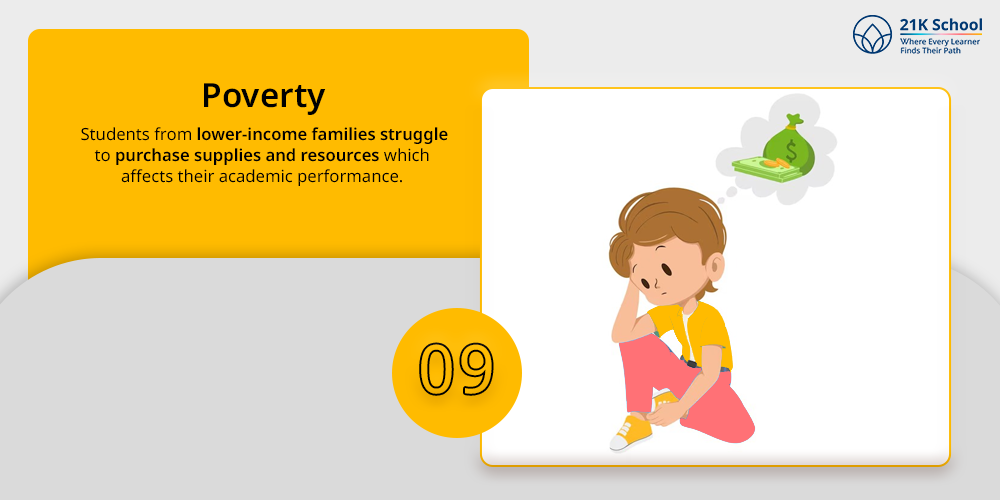
Poverty is one of the biggest causes of student dropouts. Students from lower-income families struggle to purchase supplies and resources which affects their academic performance.
This causes students to leave school each year, which hinders the advancement of public schools.
Learn how to switch from public school to online school .
Ways to Overcome Public School Problems
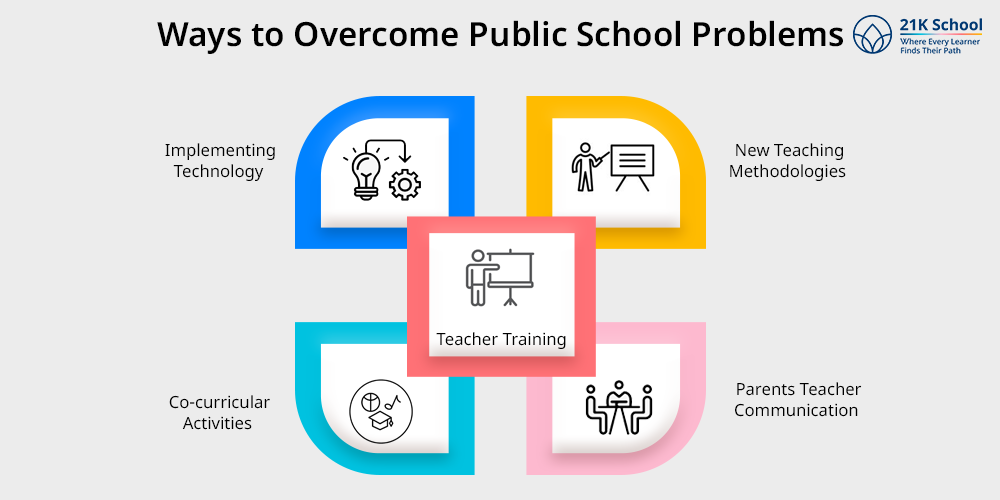
Issues with public schools have a negative impact on the educational system. Both equal access to education and effective education are hampered by these issues.
Enhancing effective classroom strategies aids in improving learning outcomes, and encouraging positive reinforcement is crucial to reducing issues in public schools.
Here are the ways through which public school problems can be overcome.
1. Implementing Technology:
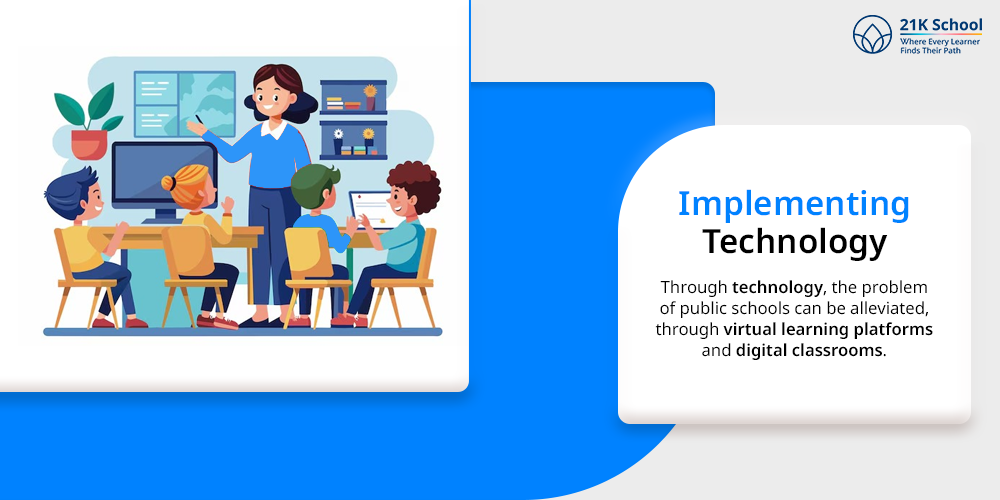
One of the best strategies to increase students’ interest and engagement in the classroom is to use technology. Every person has equal access to education, thanks to technology in schools.
Through technology, the problem of public schools can be alleviated, through virtual learning platforms and digital classrooms.
You can understand how to select the best e-learning platform for the best use of technology in learning.
2. New Teaching Methodologies:
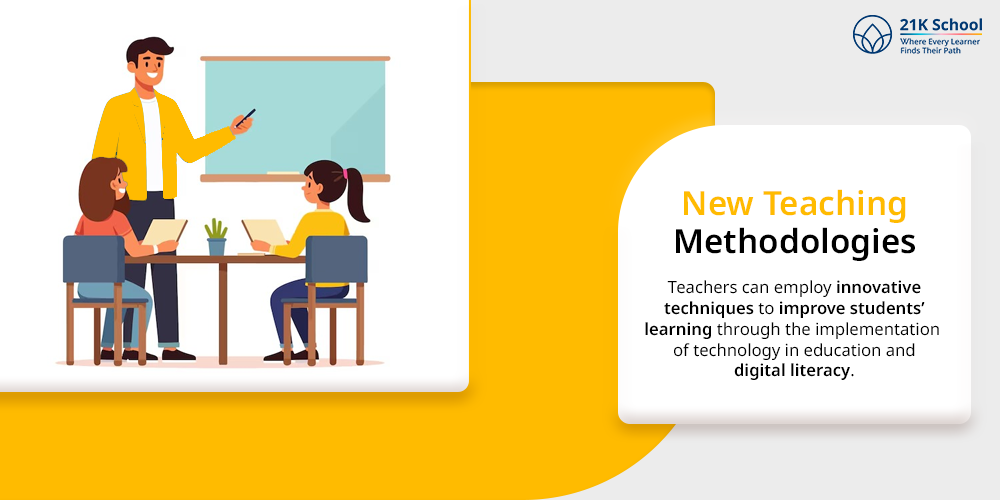
Teachers can employ innovative techniques to improve students’ learning through the implementation of technology in education and digital literacy.
Teachers can communicate more effectively when modern teaching methods are used in the classroom. Old and antiquated teaching strategies have grown dull, and students of the younger generation dislike them.
3. Parents Teacher Communication:
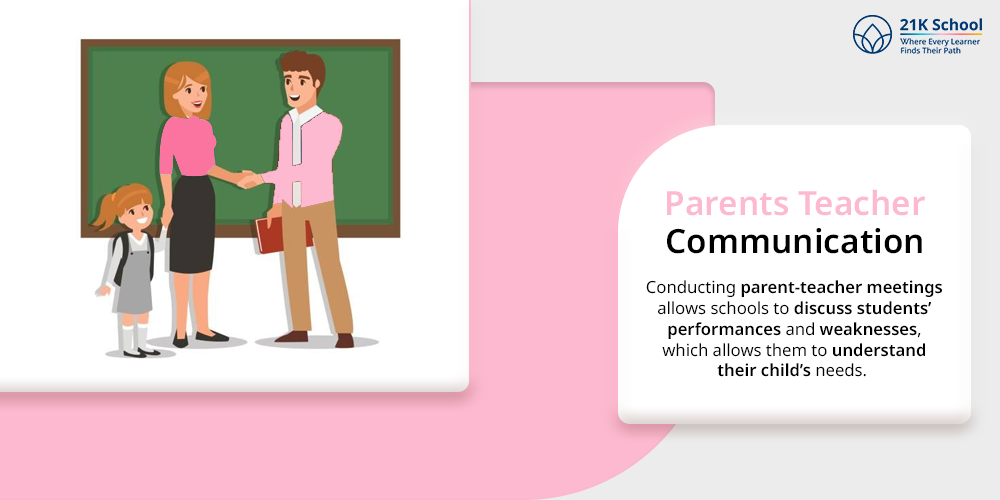
Parent-teacher communication is very essential for understanding students’ performance.
Conducting parent-teacher meetings allows schools to discuss students’ performances and weaknesses, which allows them to understand their child’s needs.
This initiative also helps in building parent child relationships better and is an effective way to reduce school dropout.
4. Co-curricular Activities:
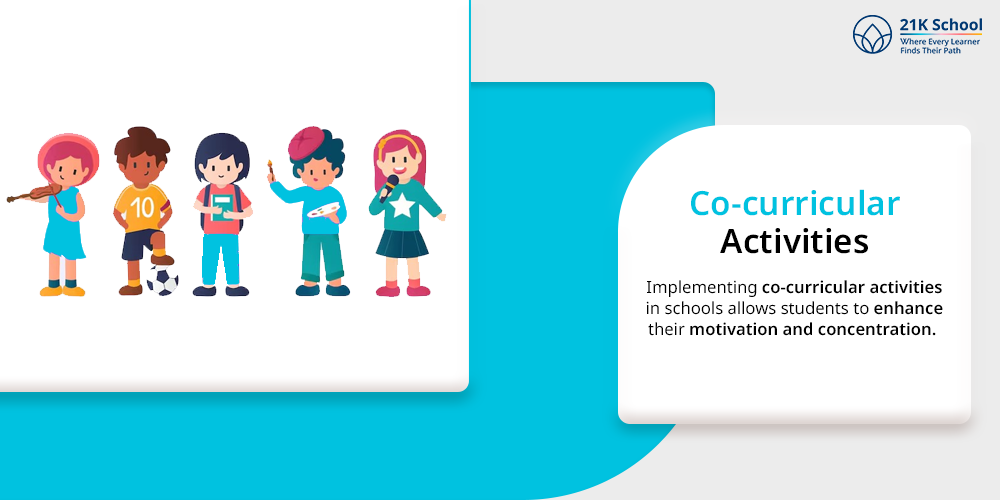
Students like activities and activity-based classes help them to stay engaged. Implementing co-curricular activities in schools allows students to enhance their motivation and concentration.
Through activities, students will develop interests and this allows them to participate in school experiences. Through this aspect, public school problems can be overcome.
5. Teacher Training:
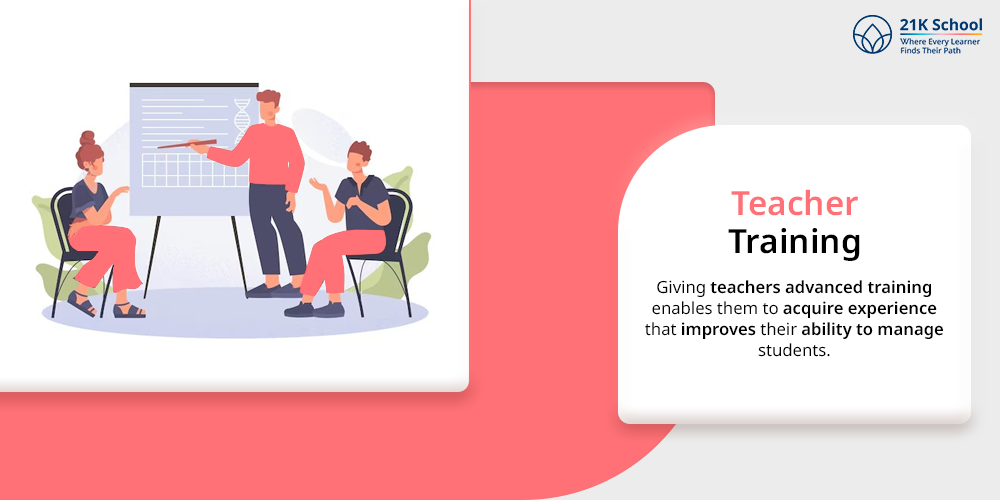
Sometimes lack of teachers’ experience causes students to lose interests, which becomes a serious issue for schools.
Giving teachers advanced training enables them to acquire experience that improves their ability to manage students.
This makes it possible for public schools to improve their teaching and learning strategies as well as their teaching outcomes.
Summing Thoughts
The learning environment for both teachers and students is severely harmed by a number of problems that public schools face.
Students find it challenging to learn efficiently and do not have equal access to education due to issues like bullying, school violence, a lack of funding and inadequate infrastructure.
By implementing innovative ideas like technology integration, new teaching strategies, improved parent-teacher communication, extracurricular activities, careful teacher preparation, and problem-solving skills will help in tackling these issues.
Public schools can enhance learning outcomes and ensure that all students have the opportunity to reach their full potential by establishing a friendly and engaging learning environment.


